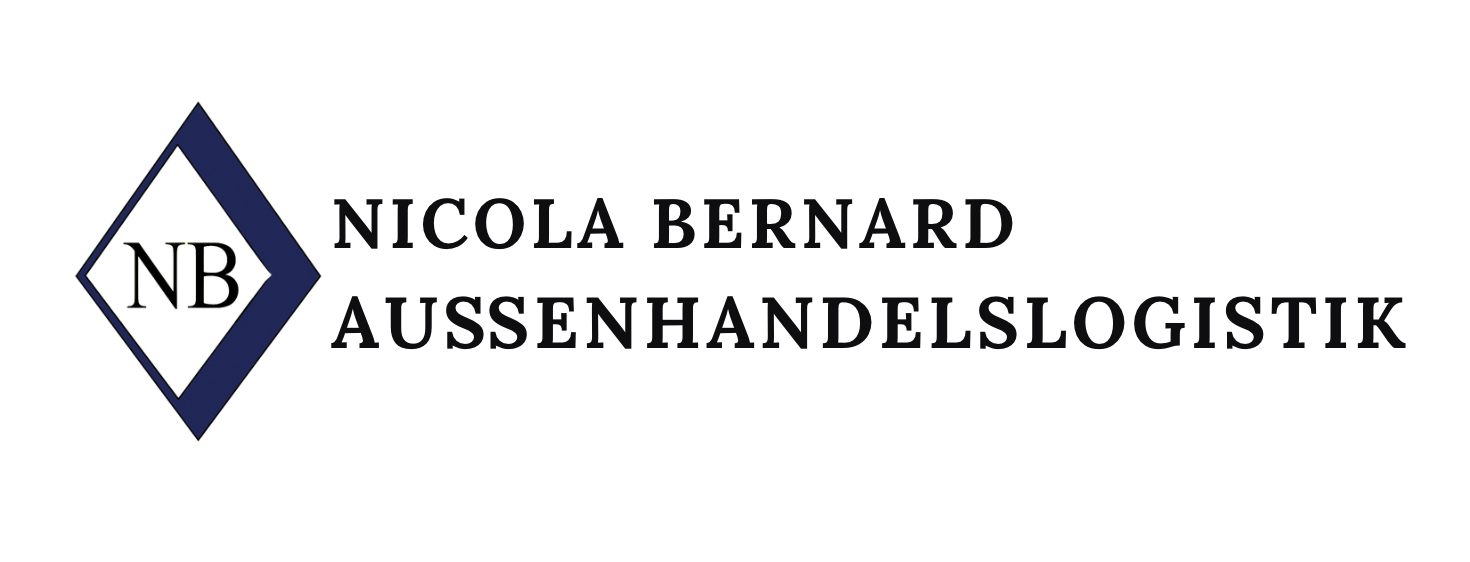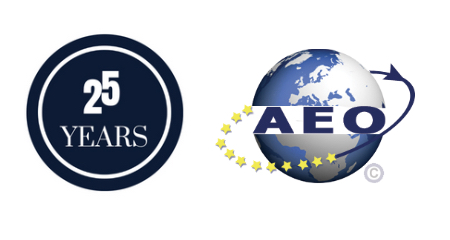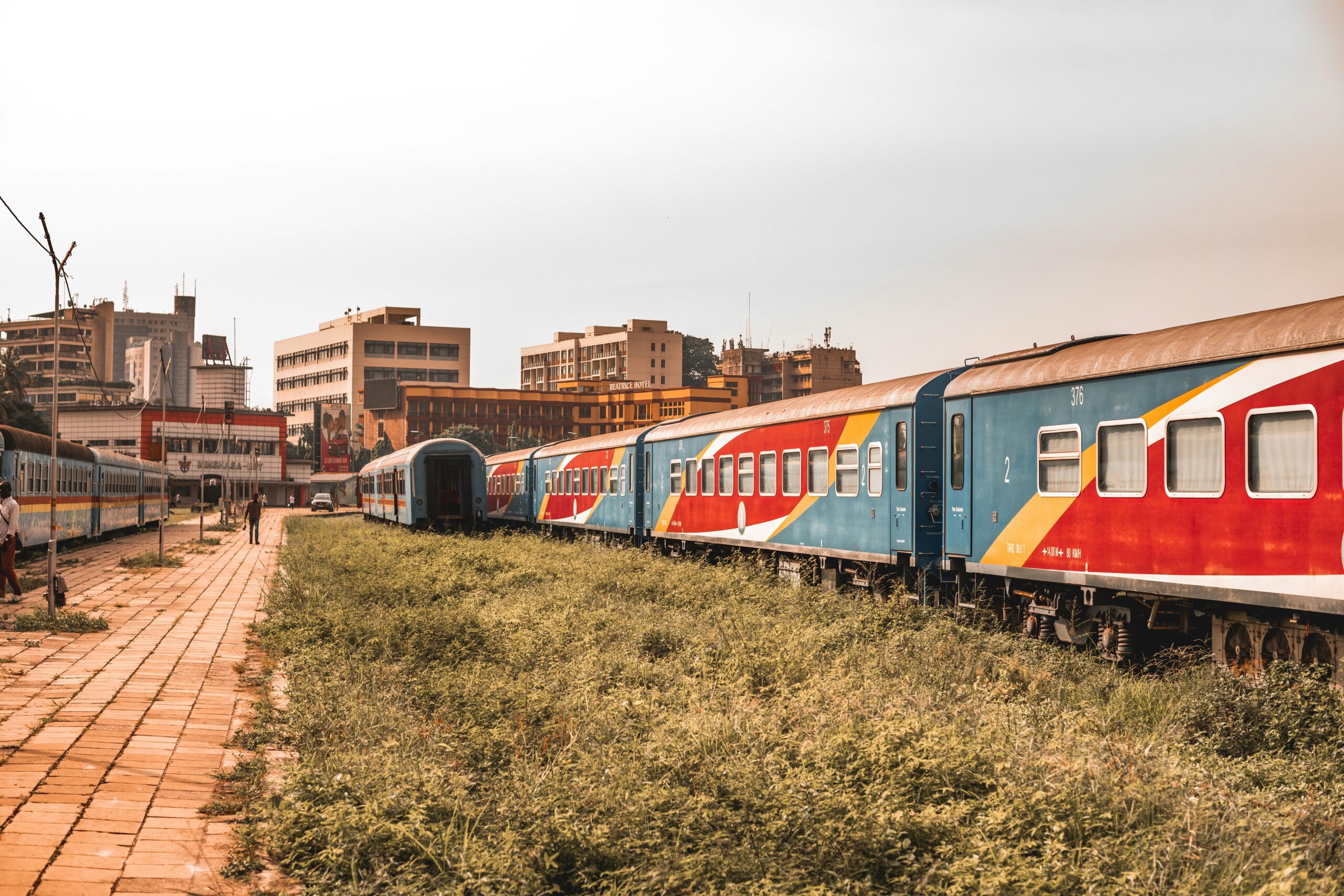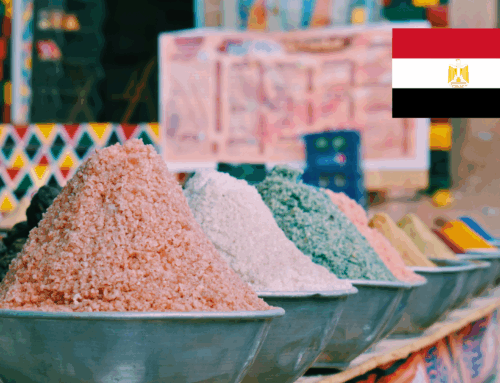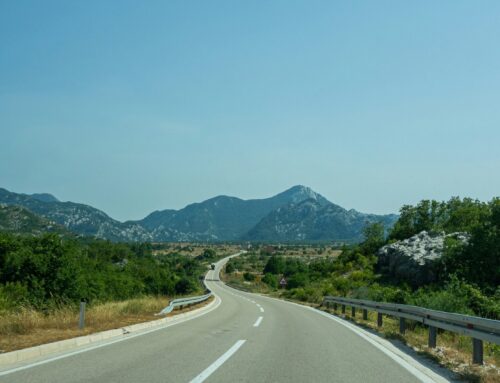After a seven-month export ban, the Democratic Republic of Congo will resume cobalt exports on 15 October 2025 – but under a new quota system that strictly limits exports and aims to improve market control.
Fixed export volumes until 2027
For the remainder of 2025, the government has set an export limit of 18,125 tonnes of cobalt: 3,625 tonnes in October and 7,250 tonnes each in November and December. In 2026 and 2027, 96,600 tonnes may be exported annually – less than half of the approximately 204,000 tonnes produced in 2024.
Of this, 87,000 tonnes are allocated to the producers’ basic quotas, while the Congolese regulatory authority ARECOMS (Autorité de Régulation et de Contrôle des Marchés des Substances Minérales Stratégiques) manages a strategic quota of 9,600 tonnes. The allocation of the basic quotas is based on historical export data, the exact basis of which has not yet been published.
Risks for producers
The introduction of export quotas brings considerable uncertainty for Congolese mining companies. Although the amount of mining is not directly restricted, the quotas limit actual exports. Producers must therefore decide whether to cut back production, store stocks or prioritise particularly high-priced batches.
If quotas are too low, production lines could come to a standstill, which could also affect copper production, as cobalt is a by-product of copper production. A lack of planning security due to short-term adjustments to quotas or unclear communication on the part of ARECOMS could well lead to supply bottlenecks.
Economic policy background and objectives
The policy change comes against the backdrop of a massive drop in prices: at the beginning of 2025, the price of cobalt fell to its lowest level in nine years. With the new system, the government aims to stabilise the market, reduce oversupply and secure revenues from the raw materials sector.
In addition, the DR Congo is pursuing the goal of achieving greater economic independence and strengthening local value creation. Plans include special economic zones, tax incentives, an AI action plan and the establishment of a national commodities exchange. Currently, around 69 per cent of Congolese cobalt mines are owned by Chinese companies.
Global impact and market reactions to the export quota
As the world’s largest cobalt producer with a share of around 75 per cent, the DR Congo has a significant influence on international supply chains. The quota system will intensify competition for available quantities and is likely to increase prices.
Analysts expect a supply deficit from 2027 onwards, as limited exports will barely meet global demand. The seven-month export ban has already led to significant price increases: between February and September 2025, prices for cobalt sulphate doubled to around 16 US dollars per pound, while cobalt hydroxide and cobalt metal rose even more sharply at times.
In the short term, high inventories from China are having a dampening effect on prices, but a sustained shortage could lead to further fluctuations – and at the same time accelerate the trend towards cobalt-poor battery technologies.
Source: GTAI (in German)
